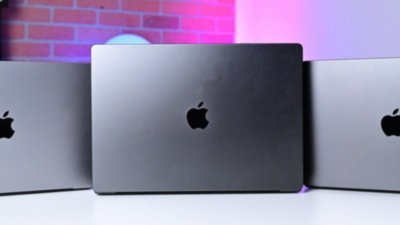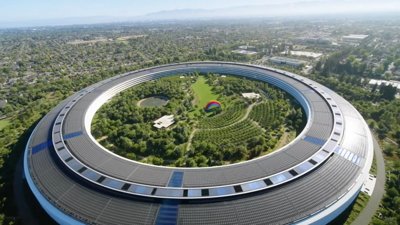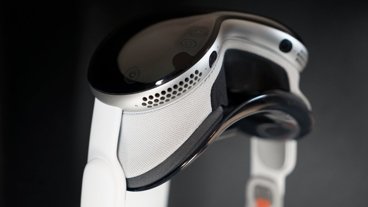The display of the iPhone 16 Pro line could be easier to see in daylight, if a new rumor is accurate.
The iPhone 15 Pro and Pro Max are already the brightest iPhones available. The months-away iPhone 16 Pro could end up being even brighter for everyday use.
According to serial leaker Setsuna Digital on Weibo, the iPhone 16 Pro will have a typical maximum brightness of 1,200 nits, and a peak HDR brightness of 1,600 nits.
If taken at face value, this would mean an increase of 200 nits from the typical max brightness of the iPhone 15 Pro. The 1,600 nits for peak HDR content would match the current Pro models.
In a response to queries, the leaker adds that the next iPhone "does not have dual-layer OLED." This is in reference to the Tandem OLED system in the M4 iPad Pro, which uses two OLED layers for its display.
The leaker doesn't offer details of how Apple will actually make the display brighter.
This is not the first time we've heard of Apple considering ways to improve the screen brightness of the iPhone 16 range. In September 2023, it was thought that a micro lens array (MLA) could be used for similar purposes, albeit at a detriment to viewing angles.
Setsuna Digital has a considerable following on Weibo, but doesn't have the track record to match. Previously the leaker said there would be a March iPad launch, which didn't happen.
The account has also made claims about a microLED Apple Watch Ultra arriving in 2025. On the iPhone 16 Pro, there has also been murmors of the ultra-wide camera being upgraded to a 48-megapixel sensor.
Even so, it's not outside the bounds of expectations for Apple to make the screen brighter for the next iPhone generation.
 Malcolm Owen
Malcolm Owen

-m.jpg)






 Amber Neely
Amber Neely
 Marko Zivkovic and Mike Wuerthele
Marko Zivkovic and Mike Wuerthele

 Andrew Orr
Andrew Orr



 Wesley Hilliard
Wesley Hilliard-m.jpg)









17 Comments
Has this been an issue for anyone in the last decade?
The leaker is just nit picking.😉
Don't tell anyone, but I heard a rumor that the iPhone 16 will be the best iPhone Apple has ever made.
Quantum dots have the potential to significantly enhance both color purity and brightness in OLED displays. Here's how:
Color Purity: Quantum dots are semiconductor nanocrystals that emit light at specific wavelengths when excited. By incorporating quantum dots into OLED displays as a color conversion layer, manufacturers can enhance the purity and range of colors produced. This is because quantum dots can be precisely tuned to emit specific colors by varying their size. This means they can produce highly saturated colors, leading to more vibrant and lifelike images on OLED screens.
Brightness: Quantum dots can also improve the brightness of OLED displays. When used as a color conversion layer, quantum dots can convert blue OLED light into highly efficient red and green light. This allows for more efficient use of the blue OLED component, resulting in higher overall brightness without significantly increasing power consumption. Additionally, quantum dots can also help in achieving brighter white light, improving the overall luminance of the display.
Overall, the integration of quantum dots into OLED displays holds promise for enhancing both color accuracy and brightness, leading to better picture quality, improved viewing experiences and power consumption.
Never had an issue with the iPhone 15 Pro brightness, the only time I will upgrade is when all the camera's are 48mp, especially the selfie camera and they find a proper way to reduce the flares, I guess that will be the 18 or 19, if they do it earlier, I will definitely upgrade.
Having said that, an extra 200 nits can't be sniffed at